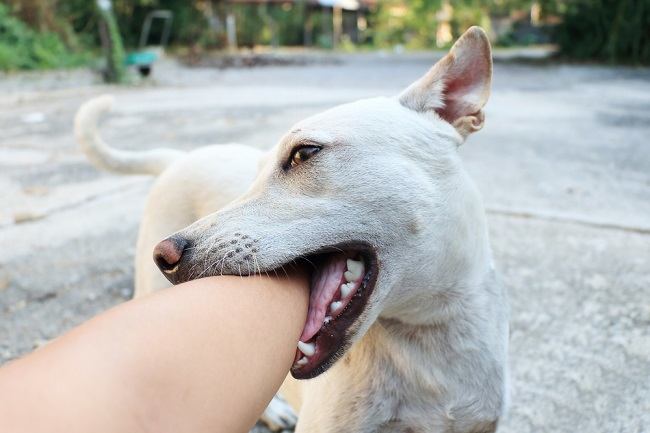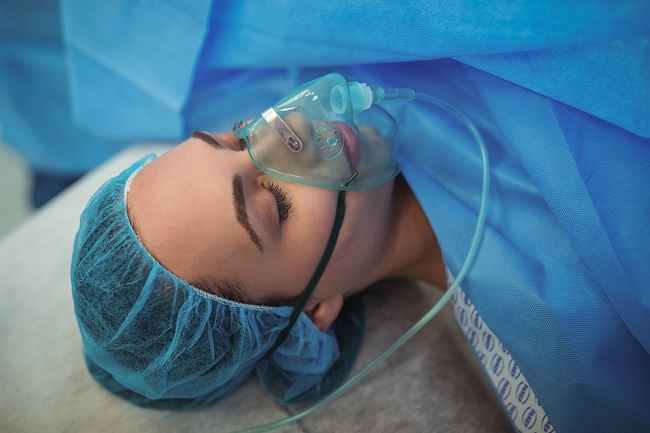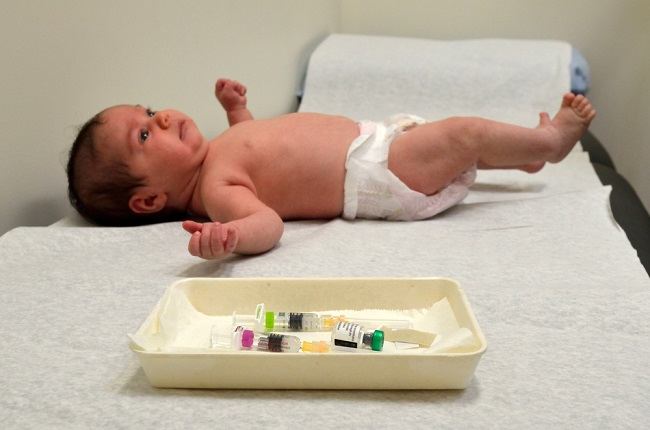Alkaptonuria is a genetic disorder that causes urine toe darkens or turns black. This condition is caused by the disruption of the breakdown of amino acids due to mutations in the HGD gene (HGD).homogentisate1,2-doxygenase). Apart from urinee which is black, alkaptonuria can also cause the skin, ears, and nails of the sufferer to appear black.
Alkaptonuria is a condition that develops gradually. Initially, alkaptonuria rarely causes symptoms. However, if not treated properly, this condition can lead to complications, such as kidney stones or heart valve damage, which can be dangerous. Alkaptonuria can be passed from parent to child.

Causes of Alkaptonuria
Alkaptonuria is caused by gene changes (mutations) homogentisate 1,2-dioxygenase (HGD). This mutation in the HGD gene causes the enzyme to homogentisate oxidase needed to break down amino acids doesn't work properly. As a result, the decomposition process of amino acids (tyrosine and phenylalanine) will be disrupted.
Disturbances in this breakdown system also cause a buildup of homogentisic acid in the body. The accumulation of homogentisic acid is what causes the symptoms of alkaptonuria.
Alkaptonuria is a genetic disorder that is inherited in an autosomal recessive manner, meaning that new symptoms will arise if the abnormal gene is passed from both parents to their children.
Boys and girls have the same risk of developing alkaptonuria. Babies who inherit abnormal genes from only one parent, only have the potential to become carrier or a carrier and there will be no symptoms of alkaptonuria. There are no known factors that can increase the risk of alkapturia. In addition, alkaptouria is a very rare genetic disorder.
Symptoms of Alkaptonuria
Alkaptonuria will cause enzymes homogentisate oxidase does not function well in breaking down amino acids. As a result, one of the materials that should be decomposed in this process, namely homogentisic acid, will also accumulate. This buildup will interfere with the work function of other organs.
Some of the accumulation of homogentisic acid will be excreted through urine and sweat. This is what causes the color of sweat and urine of people with alkaptonuria to be darker or black.
Symptoms of alkaptonuria can appear since infancy, one of the symptoms that can be seen is the appearance of black stains on the diaper. However, this symptom is often overlooked because urine is often normal at first and only turns dark brown or black after a few hours of exposure to air.
Other symptoms of alkaptonuria will become more visible with age. Usually, symptoms begin to appear when the patient is aged 20-30 years and over. These symptoms include:
- Symptoms on nails and skin, a bluish or black discoloration of the nails and skin that is frequently exposed to the sun or in the sweat glands, such as the forehead, cheeks, armpits, and genital area
- Symptoms in the eye, such as the appearance of black or dark gray spots on the whites of the eyes (sclera)
- Symptoms in the cartilage and ears, in the form of a change in the color of the cartilage to black (ochronosis) most often seen in the ear cartilage and the color of earwax turns black
After people with alkaptonuria reach the age of 40 years and over, the buildup of homogenitic acid in cartilage and joints can also cause arthritis. Symptoms include pain or stiffness in the joints, especially in large joints such as the shoulders, hips, or knees.
If homogencitic acid builds up in the bones and muscles around the lungs, stiffness can occur and cause shortness of breath and difficulty breathing.
When to go to the doctor
Check with your doctor if you experience the above symptoms. Early treatment can reduce the risk of complications, such as bone, joint, kidney and heart damage.
Diagnosis of Alkaptonuria
The doctor will ask about the symptoms experienced, as well as perform a physical examination by looking at the color of the patient's skin, ears, and black spots on the eyes. To confirm the diagnosis, the doctor will perform the following investigations:
- Urine test, to check the presence of homogentisic acid in it
- DNA test, to detect mutations in the HGD gene in the body
Alkaptonuria Treatment
There is no drug that can specifically cure alkaptonuria. Therefore, the treatment of alkaptonuria is more aimed at relieving symptoms, while slowing the progression of the disease, and preventing complications.
Treatment methods to treat alkaptonuria include:
Lifestyle changes
Some lifestyle changes that your doctor may recommend are:
- Eat low-protein foods, such as fruits and vegetables, to lower tyrosine and phenylalanine levels in the body
- Eat foods rich in vitamin C, such as oranges and kiwis, to slow the buildup of homogentisic acid in cartilage
- Avoid strenuous sports that are prone to physical contact, such as soccer or boxing, to prevent joint injuries
- Doing light exercise such as yoga, swimming, and Pilates, to strengthen joints, build muscles, lose weight, improve posture, and help relieve stress
- Get emotional support and help, whether from family, friends, psychologist or psychiatrist, to treat anxiety and depression
Drugs
Until now, there is no drug that can be used to treat the condition alkaptonuria. The drugs given aim to relieve the complaints and symptoms experienced by patients with alkaptonuria. Some types of drugs that doctors can give are:
- Pain relievers and anti-inflammatory drugs, to relieve joint pain complaints
- Vitamin C, to block buildup homogentisic acid, but long-term use does not show effective results
One of the drugs being studied for its effectiveness for alkaptonuria is nitisinone. Nitisinone is actually a drug used to treat HT-1 conditions (hereditary tyrosinemia type 1) or hereditary type 1 tyrosinemia.
Physiotherapy
Physiotherapy is carried out with the help of a device called transcutaneous electrical nerve stimulation (TENS). This action aims to numb the spinal nerve endings so that the pain subsides.
Operation
If alkaptonuria causes damage to joints or other organs, surgery may be recommended by a doctor. This procedure usually needs to be performed in 50% of people with alkaptonuria aged 50 years and over.
The types of surgery that are usually performed are hip, knee, or shoulder replacement surgery, and heart valve replacement, if the heart valves have hardened due to the buildup of homogentisic acid.
Complications of Alkaptonuria
Untreated buildup of homogenitic acid in the body can lead to the following complications:
- Atherosclerosis
- Kidney stones
- prostate stones (prostatic calculi)
- Achilles tendon tear
- Coronary heart disease
- Joint and spinal damage
- Damage to the mitral valve of the heart
Prevention of Alkaptonuria
Get genetic counseling if any of your family members or your partner has alkaptonuria. Genetic counseling is done to find out how likely you are to have a child with alkaptonuria.
If you are pregnant, tests such as amnioncentesis and chorionic villus sampling (CVS) can be performed for early detection of alkaptonuria in the fetus. Consult further with your doctor about this test.









